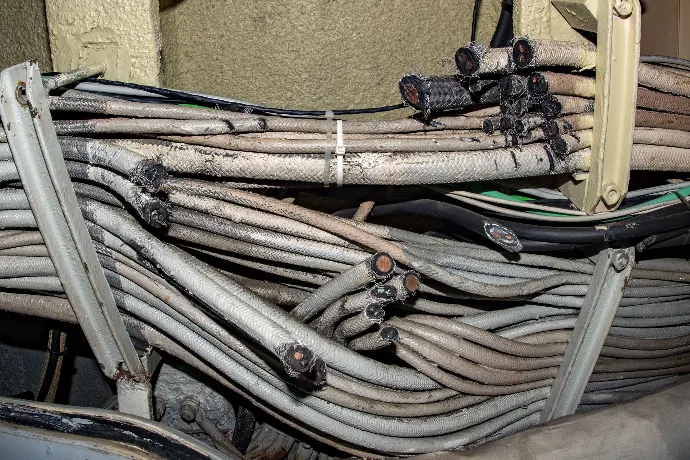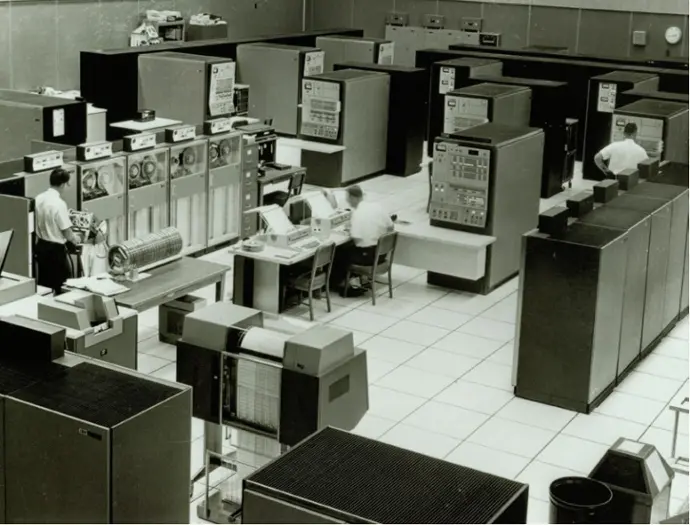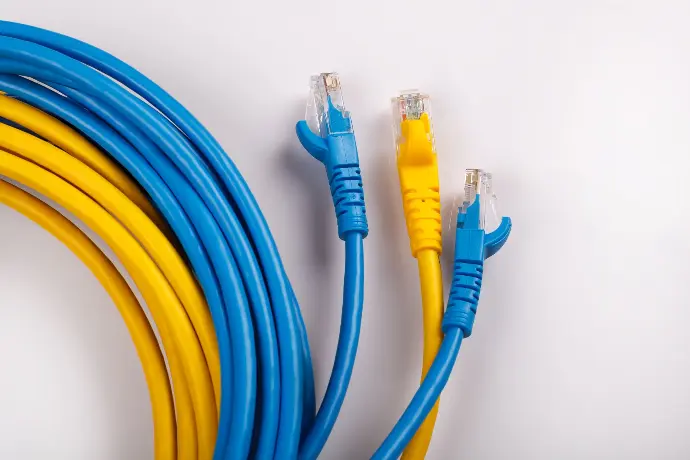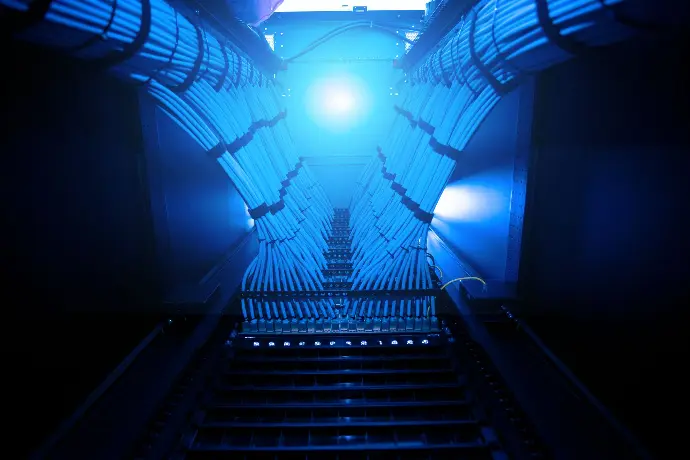The evolution of structured cabling is a story of technological advancement driven by an ever-increasing demand for data transmission. Here’s an overview of how this transition unfolded:
The Early Days: A Maze of Wires
In the 1970s, personal computers were beginning to gain a foothold and were popping up in homes and businesses worldwide, but connecting all these devices? Well, that was a mess.
Early networks relied on thick, unwieldy coaxial cables. They were prone to interference and were physically difficult to manage. Imagine a room filled with computers, each with its own bulky coaxial cable connection - an IT professional’s nightmare!
Add to that the always growing need for data transmission, coaxial cables were starting to show limitations in terms of bandwidth and distance.

A Vision for Order: The Birth of Structured Cabling
In the 1980s, Bell labs introduced the first standardized, modular cabling infrastructure for buildings. The Premises Distribution System (PDS) was born. Later known as SYSTIMAX SCS, this system introduced a star topology – a hub with individual cables running to each workstation. Why was this revolutionary?
Flexibility: PDS supported voice, data, and video applications, future-proofing buildings for evolving technologies.
Scalability: Adding new devices became a breeze—no need to rewire the entire system.
Maintainability: Troubleshooting got simpler thanks to the organized structure. No more cable jungles!

Standardization and Widespread Adoption
The 1990s brought industry-wide standards from the Telecommunications Industry Association (TIA) and Electronic Industries Alliance (EIA). These standards defined cable types, connector specs, and installation guidelines.
Enter twisted-pair cabling, categories like Cat 5e and Cat 6, solidifying structured cabling as the go-to solution for network infrastructure. Standardization and structure allowed our networks to grow in leaps and bounds.

Fiber Optics and Beyond
Fast-forward to today. Our insatiable hunger for bandwidth has led to the integration of fiber optic cables, which transmit data at warp speed using light. They’re like the Usain Bolt of cabling; fast, reliable, and immune to electromagnetic interference. Fiber allows for higher data speeds over longer distances.
Whether it’s copper, fiber or a combination of both, structured cabling keeps us connected. It’s the backbone of our digital world, ensuring smooth and efficient data flow.
